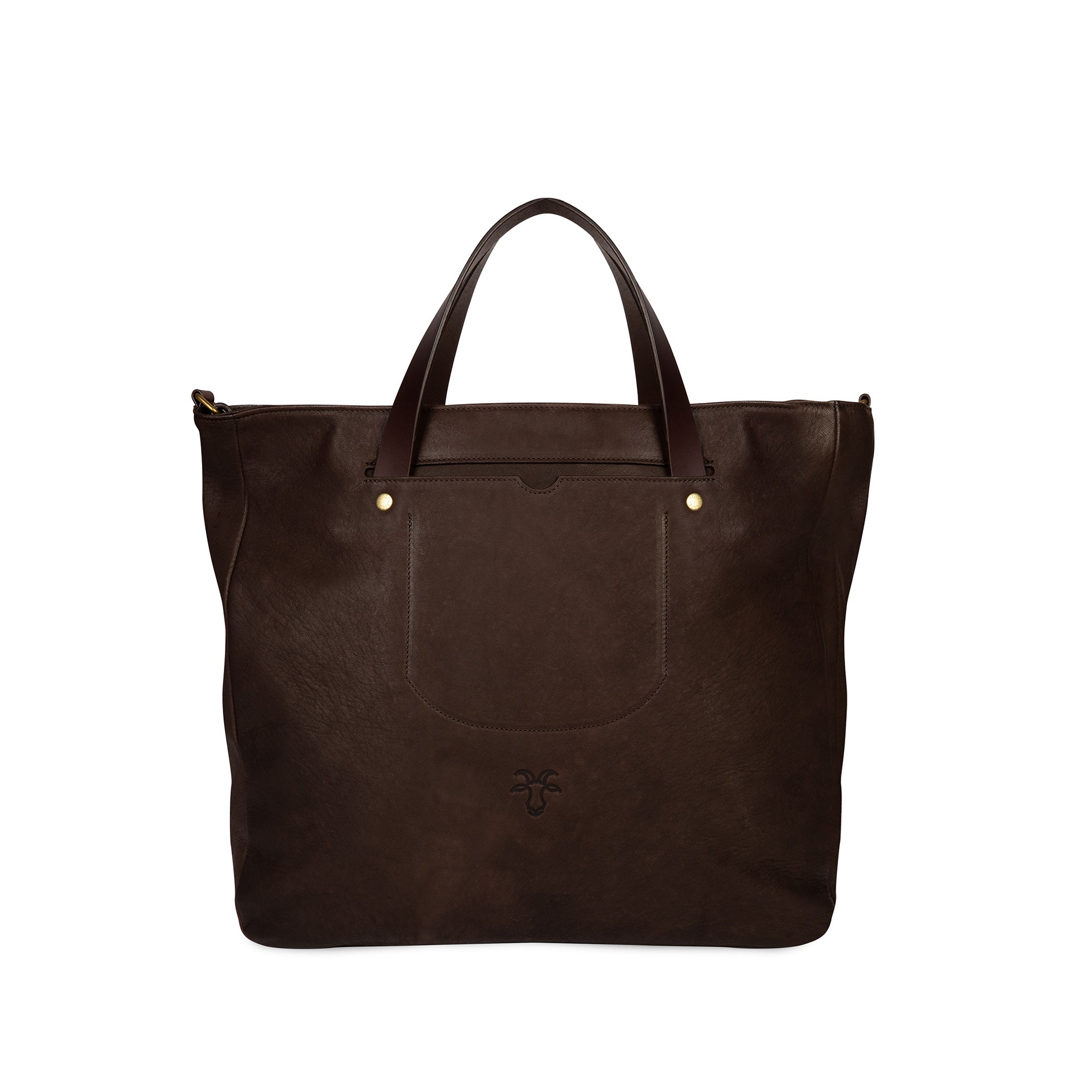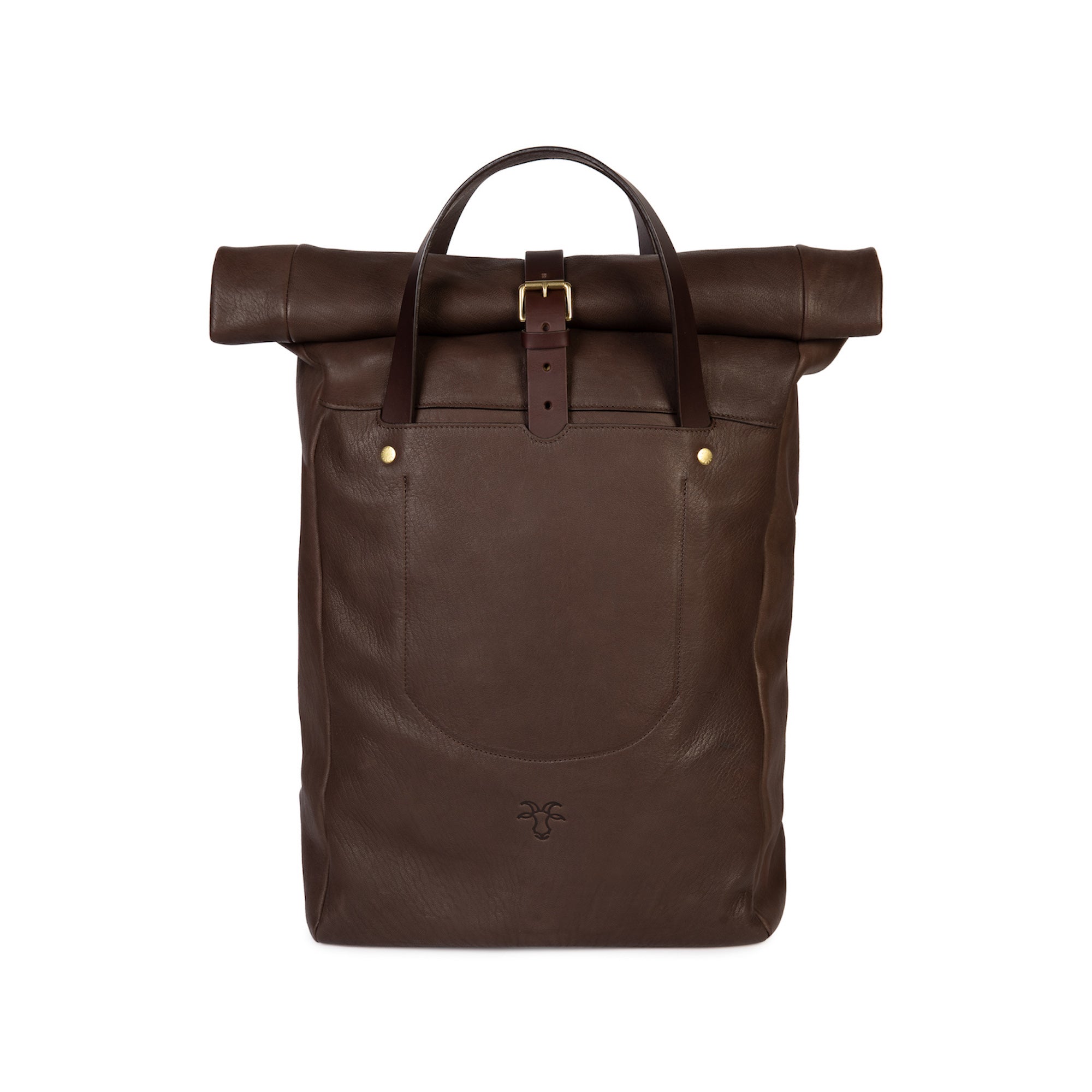Faux leather, also known as pleather, eco-leather, or vegan leather, has been around for about 100 years. Its origins are debatable, but one of the earliest examples came from Germany and was made from paper pulp. Other variations involve cloth coated with various substances and polyester covered in plastic.
Today, it's used as a substitute for real leather to produce clothing, furniture, and car interiors. At a glance, some people might struggle to tell the difference between faux leather vs real leather, but many factors make these two materials distinct. But is faux leather better than real leather? Well, let us delve into the characteristics of each so that you can make up your own mind.
Faux leather vs real leather
Quality
The quality of faux leather has improved over the years, but arguably it still doesn’t match the luxurious feel of real leather. Real leather is often considered to be one of the highest-quality materials that can be used for clothing and accessories as it develops a beautiful patina over time and tends to be more breathable and comfortable to wear than pleather. The natural variations in real leather can also add to its aesthetic appeal. In contrast, while faux leather can mimic real leather, it often feels plasticy and lacks the same charm.
Sustainability
There have been justifiable concerns about the environmental impact of real leather production, and we cannot shy away from the deforestation, water pollution and CO2 emissions associated with livestock farming and leather tanning processes. However, many businesses within the leather industry, including Billy Tannery, do things differently. We use ethically sourced, fully traceable goat hides from the goat meat industry that would otherwise go to waste and deer hides resulting from necessary deer culling. We also use vegetable tanning for all our leather. We believe vegetable-tanned leather is much more eco-conscious as it doesn't use harmful chemicals, and the wastewater is more easily treatable. Real leather processed in this way also decomposes once disposed of correctly.
Faux leather is often considered more sustainable as it doesn't involve raising and slaughtering animals. However, most faux leather is made from petroleum-derived plastics like polyurethane (PU) or polyvinyl chloride (PVC). As well as contributing to environmental issues during production, these materials are not biodegradable and will inevitably end up in landfill.
Durability
Real leather is known for its exceptional durability and longevity. With proper care, it can last for decades and even improve in appearance over time as its unique characteristics come into their own. The durability of faux leather can vary depending on the quality of the material. High-quality faux leather can be fairly durable, but it may not withstand wear and tear as well as real leather. For example, furniture made with PU leather typically lasts three to five years. Lower-quality faux leather, however, is prone to cracking, peeling, or losing its colour over time.
Thickness
Real leather thickness varies across the different types of leather and is influenced by the type of hide and the processing it undergoes. It is available in different thicknesses from 0.5mm to 1.2mm to suit various applications, such as garments, footwear, and upholstery. Any leather over 1.4mm is referred to as ‘thick leather’ and some cowhides can be as much as 5-6mm. Faux leather can also vary in thickness, and it can be manufactured to be a consistent thickness. This makes it somewhat more uniform compared to real leather, but this does mean it generally looks less authentic.
Grain
The grain in real leather is a result of the natural texture and pattern on the surface of the animal's skin that it came from. Different types of leather have distinct grain characteristics that add to their appeal and value. Faux leather can be embossed with a grain pattern that imitates the look of real leather. While this grain pattern can be convincing, it doesn’t have the unique marks that real leather does. It’s true that lower quality real leather is often disguised using embossing so it’s important to watch out for this when making purchases.
Style
Real leather is highly regarded worldwide for its timeless style and longevity. It’s often associated with luxury fashion and high-end interior design. It can be dyed a variety of colours but still develops a wonderful patina over time which only adds to its overall aesthetic appeal. Some people even appreciate its distinctive smell.
Faux leather comes in a wide range of textures, colours, and finishes, and can even be embossed like real leather goods. However, it doesn't age in the same way as real leather, and once it starts to tear and flake, it can end up looking cheap.
Cost
Faux leather is generally cheaper than real leather and this is because the materials used in its manufacture are relatively inexpensive and widely available. The cost of real leather is based on the quality of the hides, the production process, the country of production, and demand. We process all our leather at our small microtannery in the Midlands, and it is produced in small batches to create high-quality leather products.
If you want to learn more about different types of leather, we've created a range of handy guides that compare deer vs goat leather, cow vs goat leather and goat vs sheep leather. Of course, you can also browse our products including leather bags, footwear and our Parkland Deer range crafted from deer suede and leather.


































